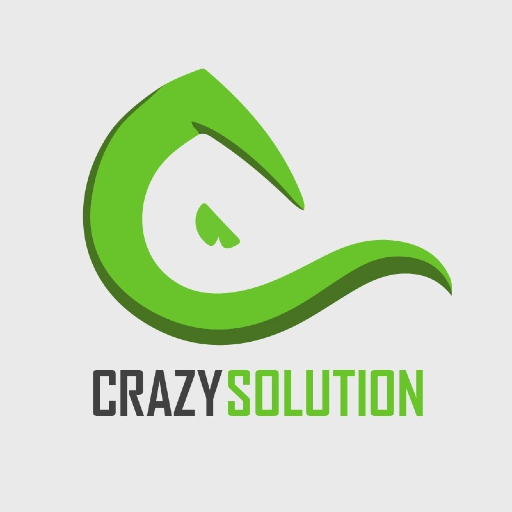In today's fiercely competitive talent landscape, simply posting a job vacancy is no longer sufficient to attract the high-calibre candidates your organization needs to thrive. To secure top talent, businesses must adopt strategic recruitment practices that encompass both the art of writing compelling job descriptions and the power of a strong employer brand. These two elements work synergistically, painting a clear and attractive picture for potential employees and ultimately leading to more successful hires. Crafting Job Descriptions That Captivate: Your job description is often the first point of contact between your company and a potential employee. It serves as a crucial marketing tool and a detailed roadmap of the role. A well-crafted job description goes beyond a mere list of duties; it resonates with the aspirations and motivations of top talent. Here's how to write descriptions that attract the best: ● Compelling and Concise Titles: Begin with a clear and engaging job title that accurately reflects the role's responsibilities and level. Avoid internal jargon or overly generic terms. Instead, use keywords that candidates are likely to search for. For example, instead of "Project Lead," consider "Senior Project Manager - Software Development." ● Engaging Company Overview: Briefly introduce your company in an exciting and authentic way. Highlight your mission, values, culture, and any recent achievements or initiatives that make your organization stand out. This provides context and helps candidates understand if their values align with yours. ● "Why This Role?" Section: Go beyond simply listing responsibilities. Articulate the unique opportunities and challenges this role offers. What impact will the successful candidate have? What are the growth prospects? Why is this a compelling opportunity for a talented professional? ● Clear and Concise Responsibilities: Use action-oriented language to describe the key responsibilities and daily tasks. Be specific but avoid overwhelming detail. Focus on the core functions and expected outcomes. Use bullet points for easy readability. ● Clearly Defined Requirements (Skills & Experience): Differentiate between essential and desired skills and experience. Be realistic and avoid setting overly stringent requirements that might deter qualified candidates. Clearly state the level of experience needed and any specific technical or soft skills that are crucial for success. ● Highlighting Benefits and Perks: Showcase the comprehensive benefits package, including salary range (where appropriate and legally compliant), health insurance, retirement plans, paid time off, professional development opportunities, and any unique perks that your company offers (e.g., flexible work arrangements, wellness programs, company events). ● Inclusive Language: Use gender-neutral and inclusive language throughout the job description to attract a diverse pool of candidates. Avoid biased terms or phrasing that might unintentionally exclude certain groups. ● Clear Call to Action: Provide clear and concise instructions on how to apply, including the required documents and the application deadline. Make it easy for interested candidates to take the next step. ● Keywords for Searchability: Incorporate relevant keywords and industry-specific terms that candidates are likely to use in their job searches. This will improve the visibility of your job posting on recruitment platforms and search engines. The Power of a Strong Employer Brand: Your employer brand is the perception of your company as an employer. It encompasses your values, culture, employee experience, and reputation. A strong and positive employer brand is a magnet for top talent, attracting candidates who are not just looking for a job, but for a fulfilling and rewarding career with an organization they admire. Here's why employer branding is crucial: ● Attracting Passive Candidates: A compelling employer brand resonates with individuals who may not be actively seeking a new role but are open to the right opportunity. ● Improving Candidate Quality: A strong brand attracts candidates who are a better cultural fit and more aligned with your company's values, leading to higher retention rates. ● Reducing Recruitment Costs: A positive reputation can lead to more organic applications and referrals, reducing your reliance on expensive recruitment agencies and advertising. ● Enhancing Employee Engagement and Retention: A strong employer brand fosters a sense of pride and belonging among existing employees, leading to higher engagement and reduced turnover. ● Creating a Competitive Advantage: In a tight labor market, a strong employer brand can be the deciding factor for top candidates choosing between multiple offers. Integrating Job Descriptions and Employer Branding: Your job descriptions should be a tangible reflection of your employer brand. The language, tone, and information conveyed in your job postings should consistently communicate your company's values and culture. Highlight employee testimonials or stories that showcase the employee experience at your organization. Use visuals and branding elements consistently across your job postings and career pages. By investing time and effort in crafting compelling job descriptions that accurately represent the role and your company culture, and by actively cultivating a strong and authentic employer brand, your organization will be well-positioned to attract and secure the top talent needed to achieve its strategic goals. These are not just administrative tasks; they are critical strategic imperatives in the ongoing quest for exceptional human capital.


